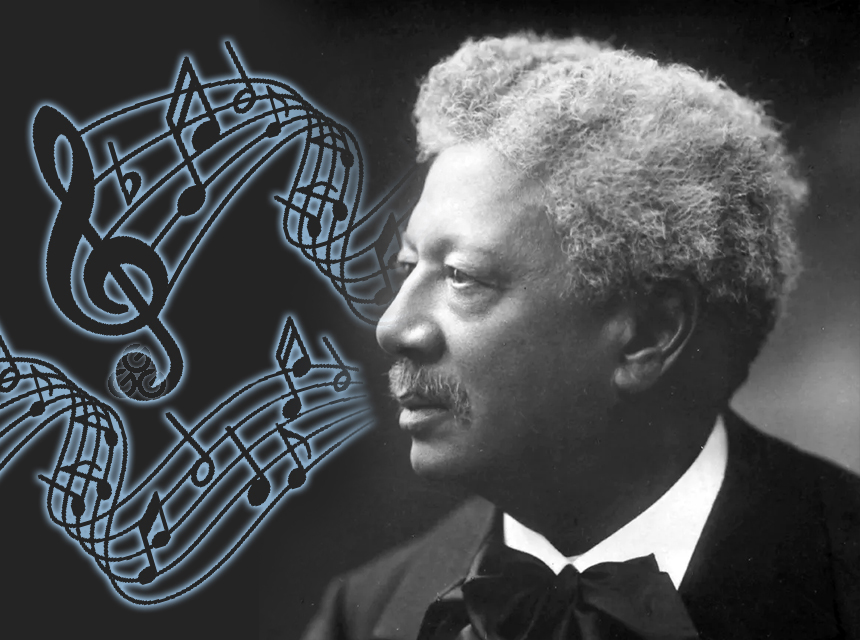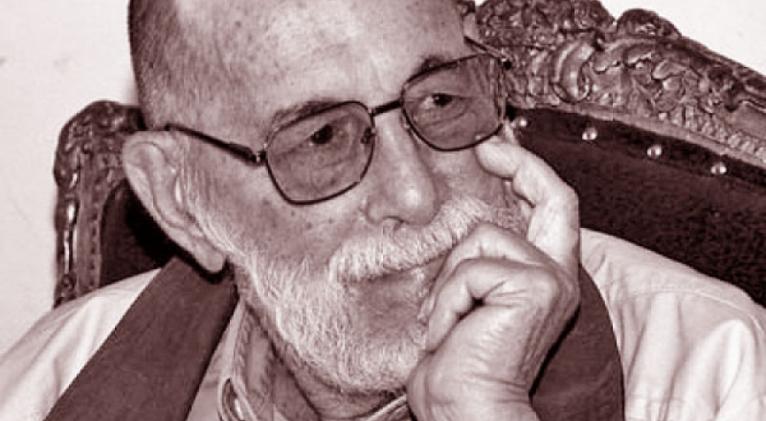José Manuel Jiménez: The Ebony Liszt

Hailing from a family with a rich musical tradition, José Manuel Jiménez received steadfast support in his musical education, particularly through the guidance of his father, José Julián, and his aunt, Catalina Berroa, regarded as Cuba’s first female composer. Among the notable events in his biography is a remarkable performance at the age of twelve at the Palacio de Cantero in Trinidad. Present at the event was German cellist Carl Werner, who urged the wealthiest attendees to fund Jiménez’s musical studies in Hamburg, as noted by musicologist Katia Rojas.
Jiménez’s education and rise to prominence reached a pinnacle in Europe, where he gave most of his performances, excelled at prestigious institutions, and developed the lied style that earned him wide acclaim. Highlights of his career included joining the Gewandhaus Orchestra in Leipzig and winning first prize at the Paris Conservatory, where Claude Debussy was also a student at the time.
In Europe, Jiménez also performed alongside his father and brother, Nicasio, who played the violin and cello, respectively, as part of Das Negertio, one of the earliest ensembles of Black musicians in Europe.
Despite his extraordinary talent and years of dedicated work, Jiménez faced racial prejudice and rejection from Cuban society and colonial authorities upon his return to the island. His attempts to establish a music composition school in Cienfuegos in 1879 were thwarted, prompting him to return to Germany. There, he received numerous accolades, including becoming the director of the Hamburg Conservatory of Music.
«Devout followers of Beethoven, the Jiménez family performed many of his sonatas. Liszt, Chopin, and Rubinstein rounded out the young pianist’s repertoire,» wrote Alejo Carpentier. «Cuban high society, which favored Black orchestras for their dances, burdened José Manuel Jiménez with racial prejudices, denying him the position he deserved.»
Nevertheless, around 1890, Jiménez returned to his homeland. On June 4, he performed at the Tacón Theater in Havana. The concert marked a turning point, dispelling indifference among his Cuban contemporaries. According to Ignacio Cervantes:
«(…) He was the first classical pianist, a master of octaves, arpeggiated chords, and subtle dynamics, while also a brilliant interpreter of Rubinstein and Liszt’s works.
«(…) He is a pianist of the highest order, with exceptional qualities placing him in the forefront. Who can predict the heights he will reach in the artistic world? (…) His foundation is talent, his instinct the feu sacré, and his obligation a disciplined, tireless study that will undoubtedly open the doors to glory.»
Of one of his compositions, La Mayor Soledad, Cervantes remarked:
«(…) It is beautiful and powerful, with an exceptionally elegant touch. His interpretation imbues it with nuances that only an author can give their pieces. It evokes the feeling of utter solitude, even in a crowded theater. Such is the profound emotion he imparts to his audience.»
José Manuel Jiménez continued to grace European stages with his performances until his death on January 15, 1917, in Hamburg.
«There are no expressions of national identity in the concert music of this Trinitarian composer, but that does not diminish his significance,» emphasized Katia Rojas. «He introduced the lied to our country, becoming the first Cuban to incorporate this form of German song into his compositional repertoire and its most faithful exponent.»
Translated by Luis E. Amador Dominguez



